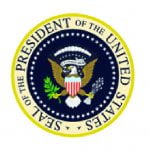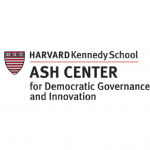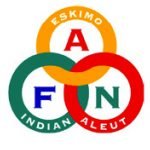Meet Aksiin Storer! He first joined ANSEP in 2012 and is currently pursuing his B.S. in Fisheries and Marine Science degree at the University of Alaska Fairbanks. This summer, he is interning with the NOAA Alaska Fisheries Science Center on Little Port Walter where he is researching chinook salmon. Below is a journal entry from his experience during his exciting internship!
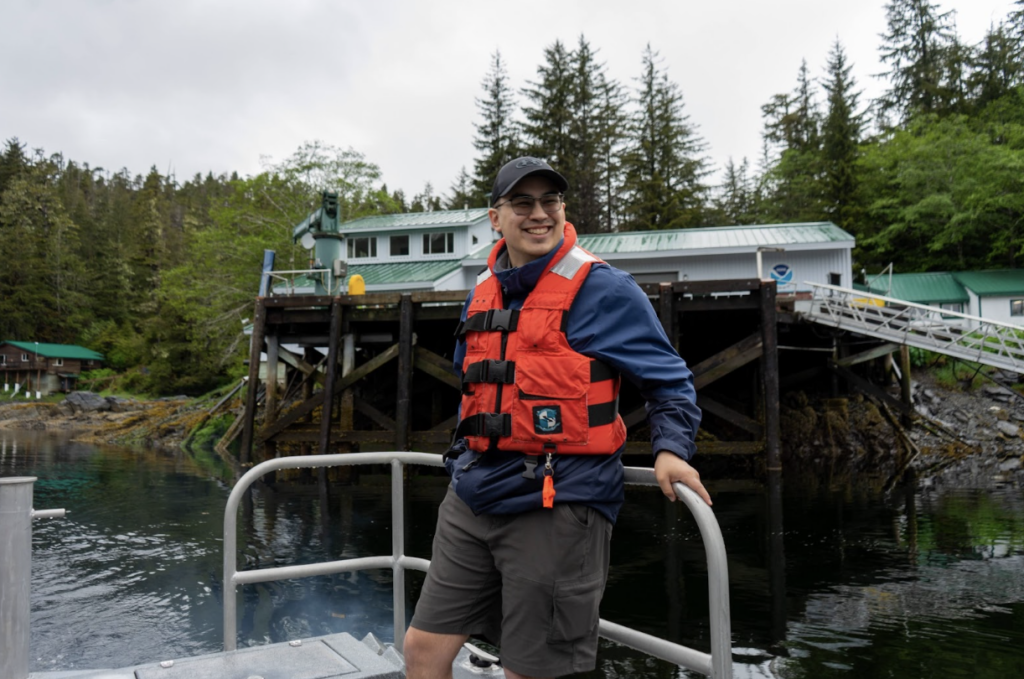
I am currently working for AOOS (Alaska Ocean Observing System), NOAA (National Oceanic and Atmospheric Administration) and associated with ADF&G (Alaska Dept. of Fish and Game), UAF and ANSEP. My internship is ten weeks in duration with five weeks in Little Port Walter and the remaining five in Juneau. Little Port Walter is NOAA’s remote federal research station, mainly focused on Chinook salmon research. The goal of my internship is to gain experience with all aspects of fisheries work. I am completing fieldwork, lab work, and statistical analysis and gaining exposure with the ADF&G.
I spent five weeks in Little Port Walter completing fieldwork including blood sampling, saltwater challenges, collecting and processing Chinook salmon and more. Blood sampling was collected for evidence of PFAS, and saltwater challenges were run to explore the possibility of reducing the time for commercial fish hatcheries to house and raise fish from two years to one. Research was also collected on all Chinook salmon that passed through LPW; this information is later used to inform the state about setting catch limits for sport and commercial fishers.
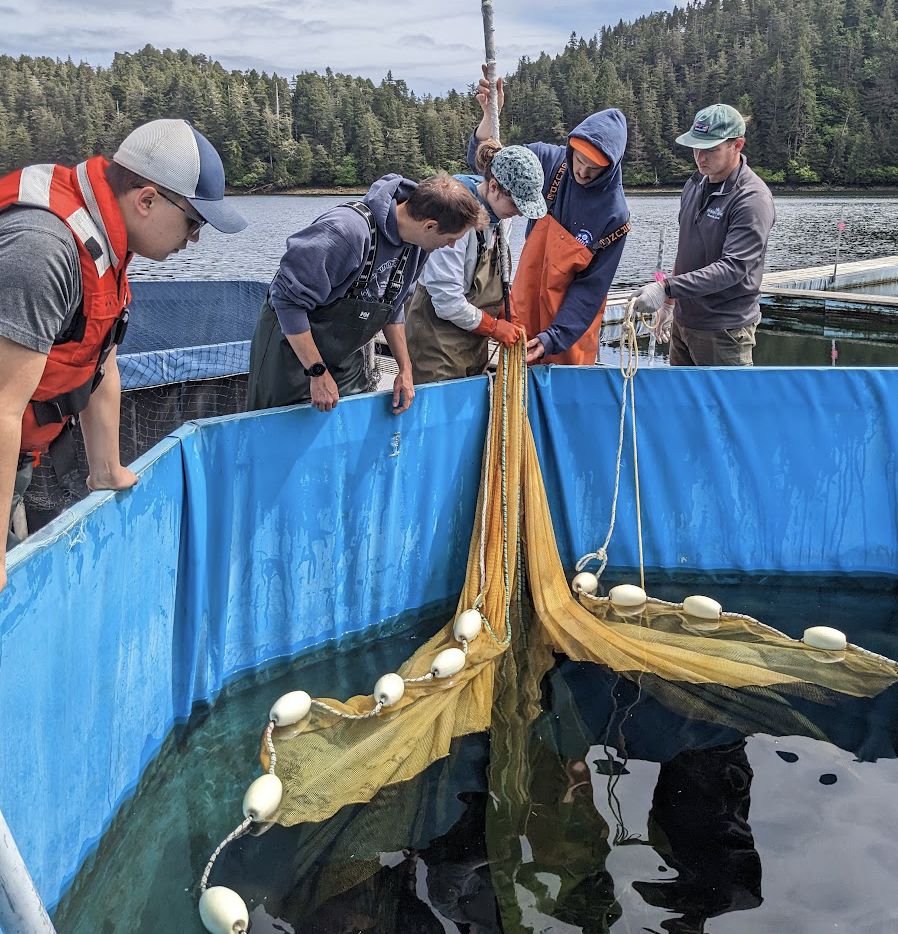
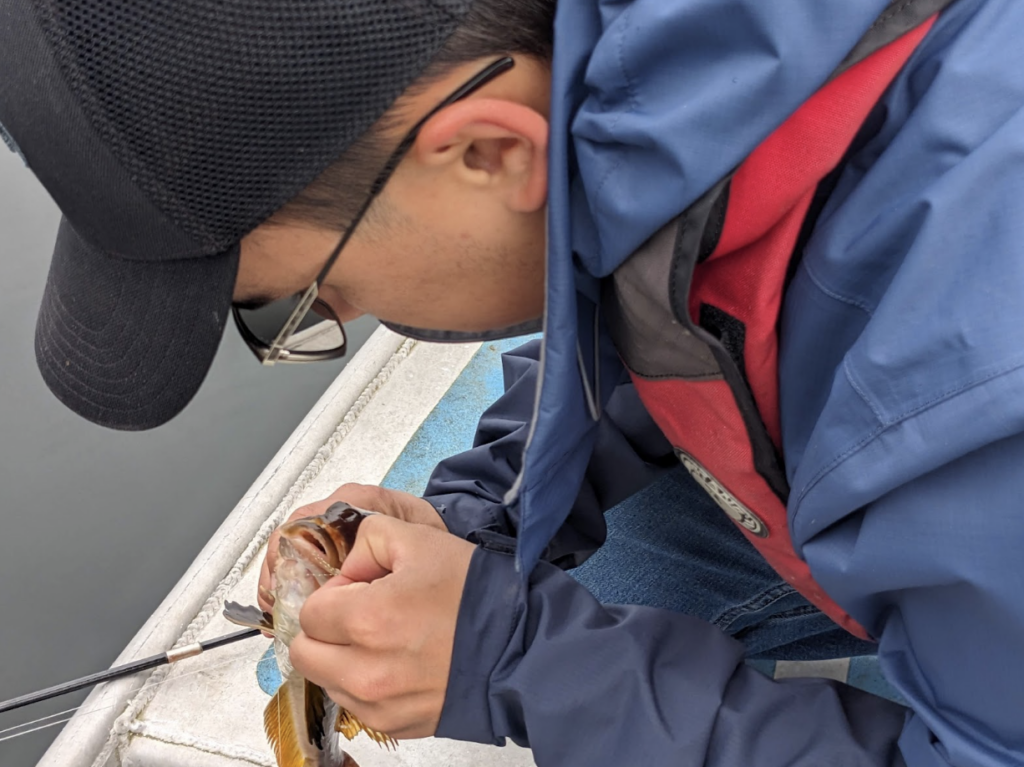
In my free time I went snorkeling for the first time in my life, in a wet suit. I also hiked to very beautiful peaks, fished, went canoeing and had wildlife like whales and harbor seals swim close by. I saw much other wildlife including many bears, eagles, deer and otters. A memorable hike was climbing up next to a 150 ft. waterfall. My time at Little Port was awesome to say the least.
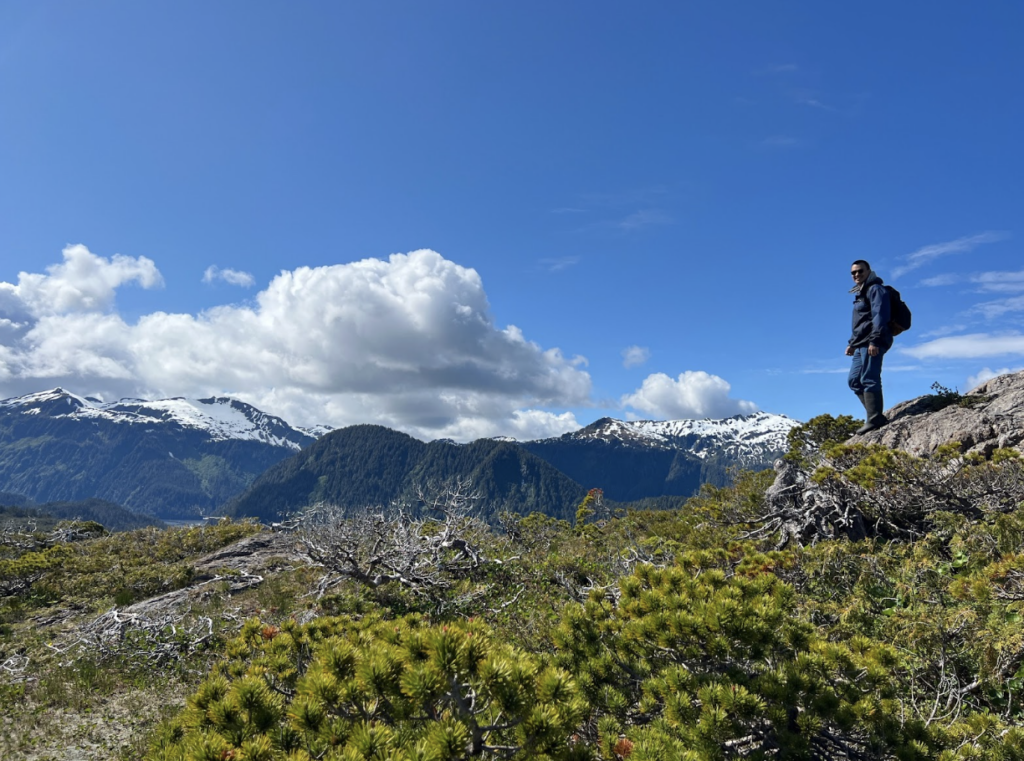
In Juneau, I am currently working with multiple groups to gain experience. I’m working with a graduate student to dissect fish, extract otoliths and perform basic analyses on them. I am also working with a professor from UAF to gain statistical analyses skills in Excel and R. My third collaboration is with ADF&G and their multiple labs to help process code-and-wire tags, gain a basic understanding of thermal marking, and help with research in their aging lab. My final and continuing collaboration is with LPW and NOAA to continue analyzing my project’s dataset.
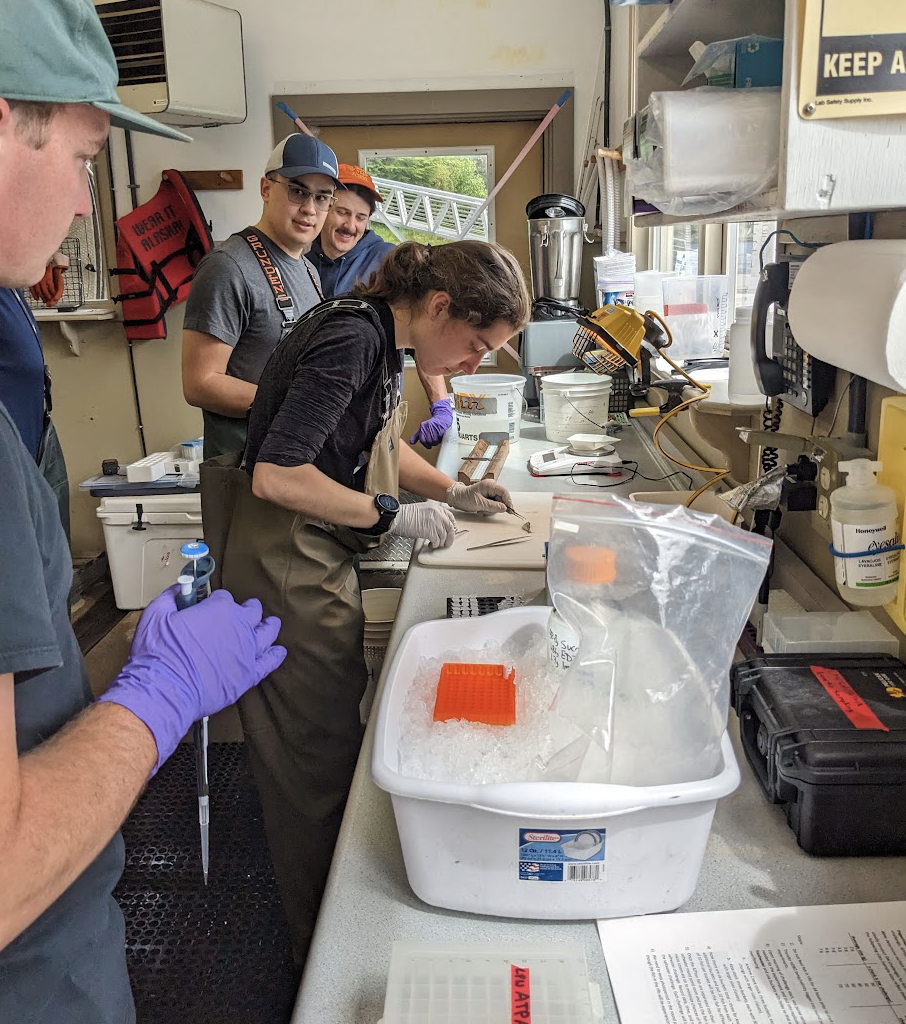
My project helps me accomplish the goal of collaborating with many agencies and people to gain experience. My project revolves around a dataset that was generated by a fish stock who was split in half between LPW and Juneau. One half was raised in Juneau and the other half at LPW.
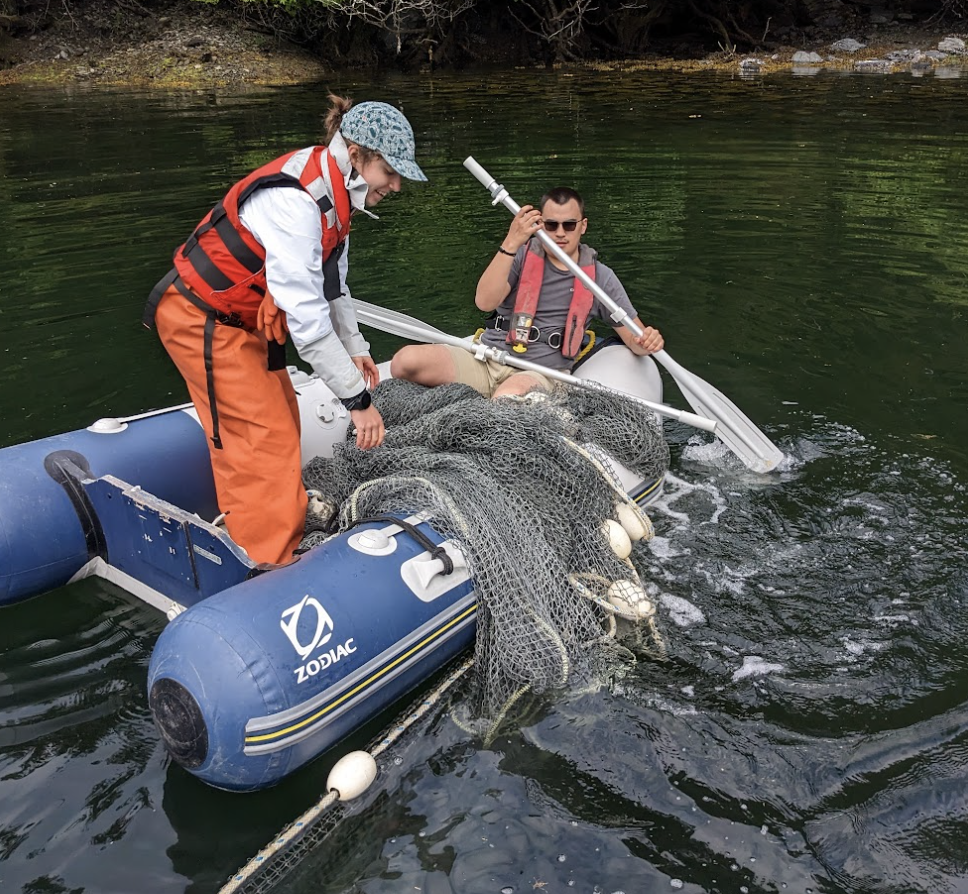
Currently, I have taken the dataset back to Juneau and am running statistical analyses on it with my professor and NOAA mentor. The ADF&G labs and graduate student are helping by providing necessary equipment for analysis of the fish. If the end results of my project find any important differences between the stocks raised in LPW
and Juneau, then NOAA will increase the amount of information and variables collected for fishing limits on sport and commercial licenses.
